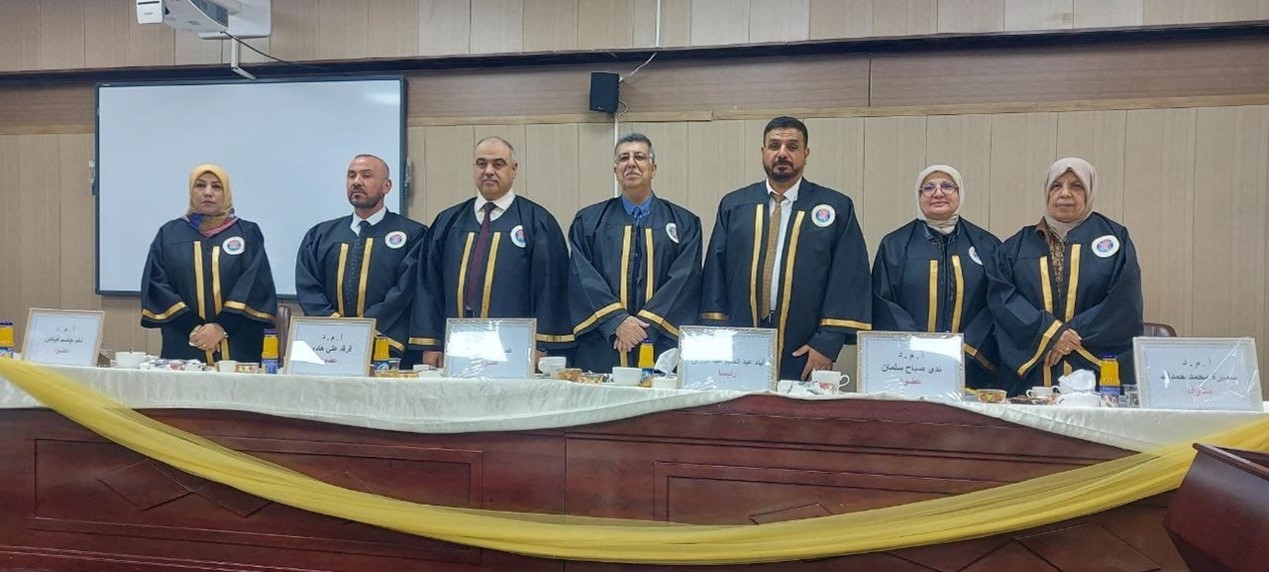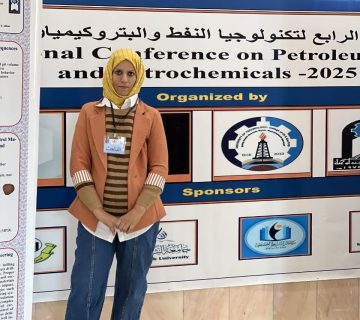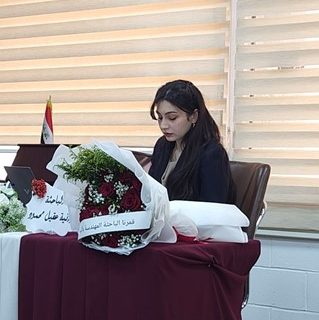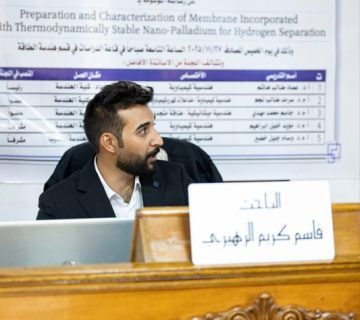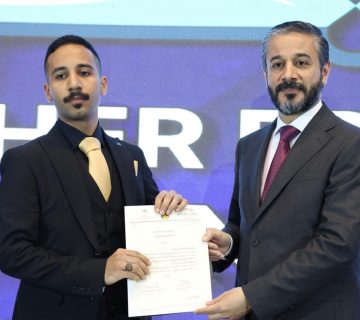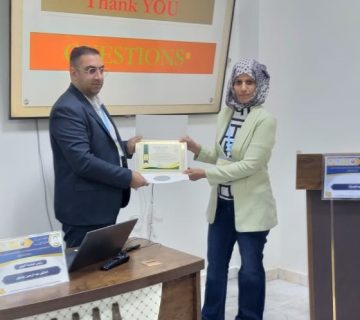On Sunday, February 9, 2025, the College of Engineering at the University of Baghdad held a public discussion of the Ph.D. dissertation submitted by the student Ibrahim Ali Sharif in the Department of Petroleum Engineering, titled:
“Mathematical Modeling of the Rate of Penetration for Southern Iraqi Oil Fields”
under the supervision of Asst. Prof. Dr. Samira Mohammed Hamdallah, in the Postgraduate Hall of the Petroleum Engineering Department.
The examination committee consisted of the following members:
- Dr. Iyad Abdul Halim Abdul Razaq – University of Baghdad, College of Engineering, Drilling Engineering – Chair
- Prof. Dr. Hassan Abdulhadi Abdulhussein – University of Baghdad, College of Engineering, Drilling Engineering – Member
- Prof. Dr. Farkad Ali Hadi – University of Baghdad, College of Engineering, Drilling Engineering – Member
- Prof. Dr. Nada Sabah Salman – Al-Najeh University, Drilling Engineering – Member
- Prof. Dr. Nagham Jasim Fayyad – University of Baghdad, College of Engineering, Reservoir Engineering – Member
- Prof. Dr. Samira Mohammed Hamdallah – University of Baghdad, College of Engineering, Reservoir Engineering – Member and Supervisor
Study Objective:
The study aims to improve the BYM model for predicting the Rate of Penetration (ROP) with higher accuracy and better efficiency, while minimizing the negative impact of geological factors such as bit tooth wear and rock formation strength. It also integrates artificial intelligence techniques (such as neural networks, ensemble methods, and component substitution) to enhance model performance. Additionally, it investigates the effect of mechanical properties (such as the Bulk Modulus) on the ROP.
Summary of the Study:
The BYM model was enhanced using AI techniques such as Feedforward Neural Networks (FFNN) and ensemble methods (Bagging, Boosting, and Stacking), resulting in significant improvements in prediction accuracy and reduced influence of geological factors. The developed models demonstrated high explanatory power (R² > 0.7) in some cases. Components of the traditional model, such as the “bit wear” part, were replaced with new models based on drill operation behavior, improving interpretation and precision. The inclusion of the Bulk Modulus into the models enhanced predictive performance under varying geological conditions.
Final results showed a clear improvement in ROP prediction, with a reduction in error rates (R² exceeding 0.15).
In conclusion, the study presented intelligent and cost-effective solutions to improve drilling rate prediction, reduce costs, and increase the efficiency and safety of drilling operations.
After a thorough scientific discussion by the examination committee and listening to the student’s defense and evaluating the dissertation, the committee decided to award the student a Ph.D. in Petroleum Engineering, wishing him continued success in his academic and research career.

